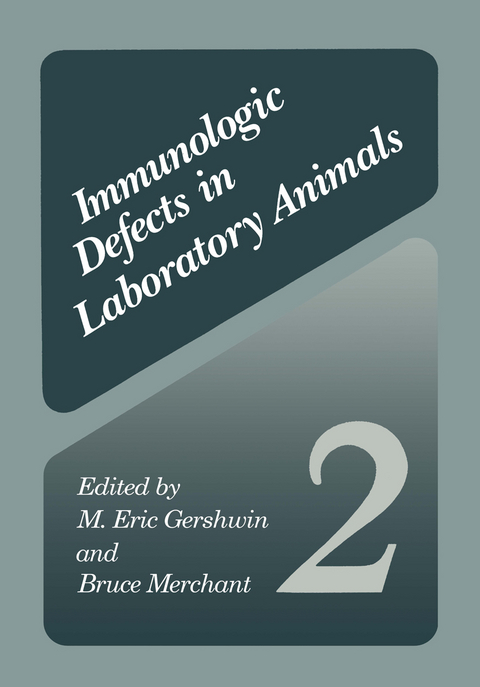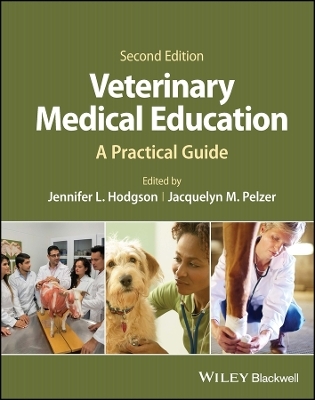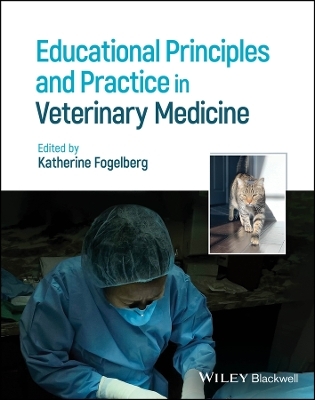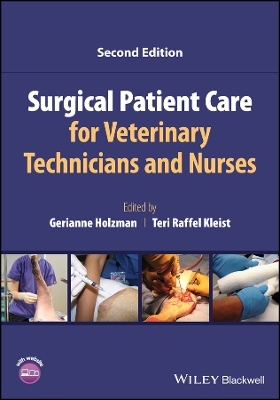Tiselius demonstrated that the immunologically active components of immune sera migrated electrophoretically in the gamma globulin region. His findings illuminated the classic observations of Jenner regarding development of resistance to infection, and those of von Pirquet, Pasteur, and Arthus regarding the transfer and specificity of resistance. Conceptual integration of these observations provided the impetus for the present modern era of immunology. Subsequent to Tiselius's work, multiple, rapid advances have occurred in the study of congenital and acquired immune deficiency states in mice, chickens, and humans. These studies have readily demonstrated that the immunologic ability of an organ ism to protect itself from environmental influences is a prerequisite for survival. Indeed, this necessity for protection from microenvironmental influences has promoted the evolu tionary development of immunologic diversification, namely, host dependence upon a sophisticated, multifaceted network of cells and effector mechanisms responsible for the clearance and neutralization of toxins and potentially harmful pathogens. The obligate dependence of animals upon the functional integrity of their immunologic systems is illus trated by the ready invasion of ubiquitous organisms when the host is in a state of immune defense derangement. Nevertheless, derangements in immune function can range from par tial to complete and can be compatible with survival. The consequences of such derange ments run the gamut from subclinical disease to inevitable mortality.
VII. Complex Defects.- 1 Autoimmune Thyroiditis in Obese-Strain Chickens.- 2 Lethargic Mice.- 3 Immunologic and Genetic Aspects of Aleutian Disease.- 4 The Pathogenesis of Autoimmunity in New Zealand Mice.- 5 Hemopoietic Abnormalities in New Zealand Black and Motheaten Mice.- 6 Lymphoproliferation (lpr) and Other Single-Locus Models for Murine Lupus.- 7 Canine Systemic Lupus Erythematosus.- 8 Combined Immunodeficiency of Arabian Foals.- VIII. Defects in Effector Pathways.- 9 Complement Deficiencies of Laboratory Animals.- 10 Defects in Murine Responsiveness to Bacterial Lipopolysaccharide: The C3H/HeJ and C57BL/10ScCr Strains.- IX, Modification of Immune Responsiveness in Gnotobiotic Environments.- 11 Host Defense Mechanisms in Gnotobiotic Animals.- X. Cryopreservation of Embryos for Strain Preservation.- 12 Physiological Basis of the Freezing of Mammalian Embryos.
| Zusatzinfo |
136 Illustrations, black and white; 402 p. 136 illus. |
| Verlagsort |
New York, NY |
| Sprache |
englisch |
| Maße |
178 x 254 mm |
| Themenwelt
|
Veterinärmedizin |
| ISBN-10 |
1-4684-8654-3 / 1468486543 |
| ISBN-13 |
978-1-4684-8654-4 / 9781468486544 |
| Zustand |
Neuware |



